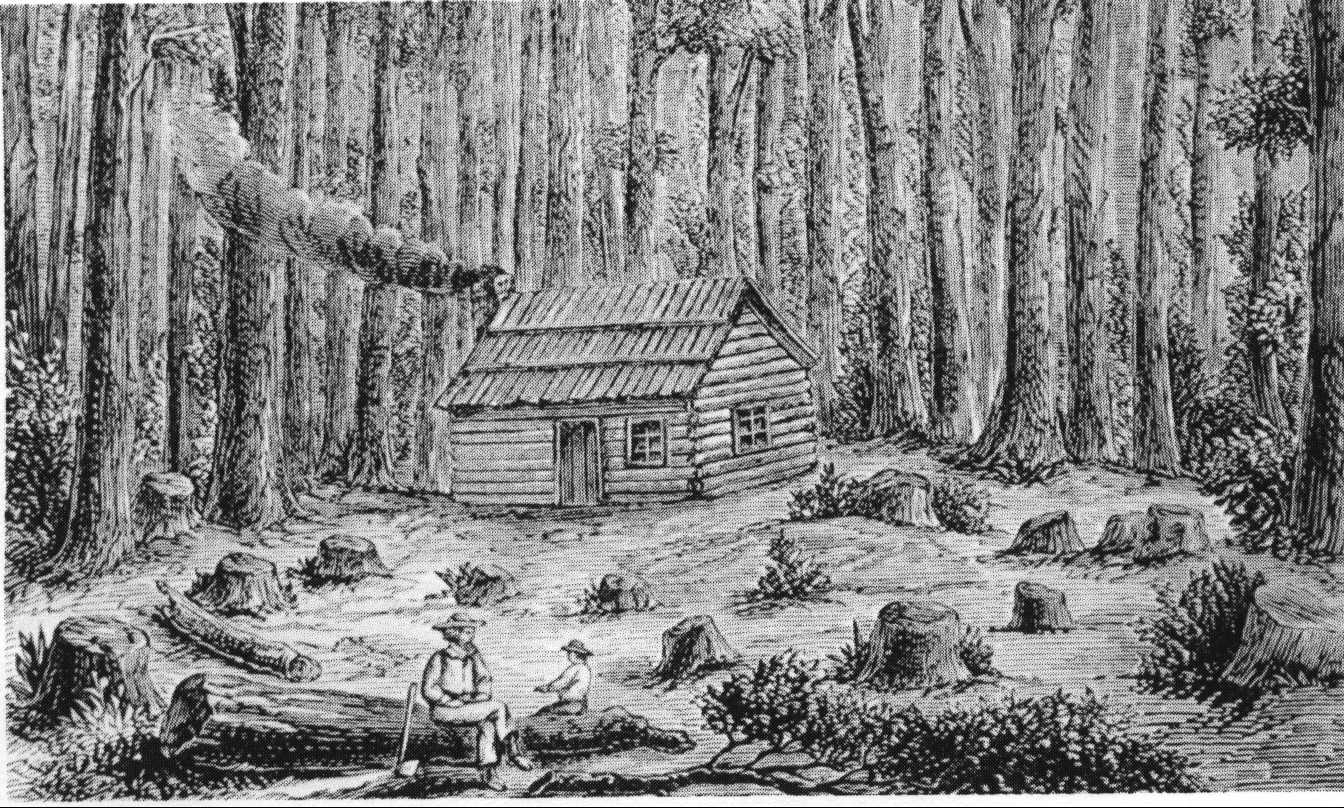|

Shelby Township's early history dates back to prehistoric
times when giant creatures roamed its grassy plains. An
ancient race of people also flourished here long before the
Indians. This is evidenced by the bones of Mastodons
(a large
elephant like animal) discovered on the farm of P.K. Leech
(Auburn & Ryan )in the mid 1800's. Flint arrows, stone
implements, and fragments of ancient pottery have also
been found in various places in the township. An ancient
beach ridge east of Van Dyke runs through the township,
forming the western edge of a lake that once covered a large
portion of Macomb County.
The area now known as Shelby Township was originally a
French possession, but fell into the power of the English in
1763. It was surrendered to the Americans in 1796 when
British rule came to an end in the United States. The county
of Wayne was organized, and comprised most of the N.W.
territory.
Treaties were made with various Indian tribes from 1814 to
1819 freeing up much land for settlement. Early surveyors of
Macomb County gave up in disgust claiming the land to be
mostly swamp and barren soil. A survey was finally
completed, and the township three north, of range twelve
east,Shelby Township, was certified to as being correct on
Feb.3, 1818.
Shelby Township was described as being quite level on its
eastern portion,elsewhere gently rolling and nowhere hilly.
Grassy plains,with scarcely any timber, formed its central
and southwest portions while a broad swell of land
comprised the northwest. The eastern and extreme northern
parts were heavily timbered. The Clinton River and
numerous spring brooks provided ample water. Settlers
could usually find an area that reminded them of their old
homes.
Nathaniel Burgess built the first house in the township on
section 34( present day Utica ) during the winter of 1816-17.
Roads were little more then rough trails through the woods,
over which with great difficulty, wagons could be hauled by
oxen. The first log school was located in Utica on Cass St.
during the winter of 1818-19,taught by Mr.Hadsel. The first
saw mill was built by Asa Price on the Clinton River in
1828,and Adam Price put up a grist mill that same year.
Among the notable early settlers was a Mr. Hoxie who was
associated with the lake pirate, the Black Snake. He and a
couple companions took refuge in the wilds north of Detroit,
settling in Utica.
The first buyer of government land in Shelby was Blake Curtis
on May 24,1819. He secured the S.W. quarter of section 7( 24
& Dequindre ) one of the best quarter sections in the
township.
In 1821 Ezra Burgess bought 250 acres in section 33 for $1.25
per acre. He later sold it at a considerable profit and it
became the site of Utica. In 1822 he purchased the W. half of
the N. W. quarter of section 7( 83.6 acres). He built a timber
frame home which still stands on Dequindre south of 25 Mile
Road and is the oldest home in the township. The remaining
lands in the township were rapidly taken up in the 1820's.
A legislative enactment of April 12 1827 gave authority and
the first township meeting was held at the double log house
of Perez Swift on section 21 (23-24 mile/Van Dyke-Shelby).
Calvin Davis presided, Abijah Owen was clerk and Joseph
Lester Supervisor. Russel Andrus, William Arnold, Elias
Wilcox, Elon Dudley, and George Hanscom filled various
offices that year. Shelby Township was named in honor of
Revolutionary War hero and first governor of Kentucky,
Isaac Shelby.
Excerpt from Leeson's History of Macomb County-1882
Search Michigan Histories Online
|

